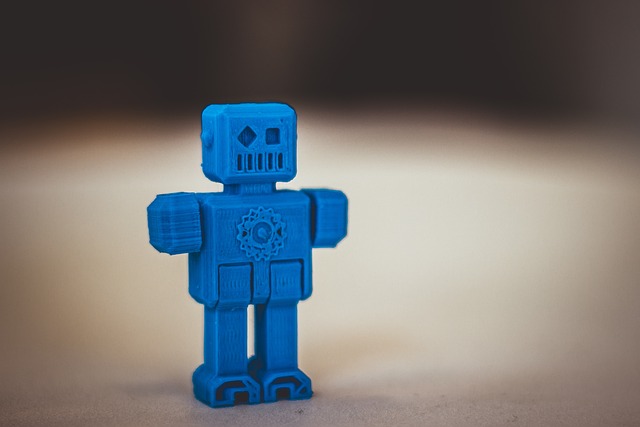
3D Printing: The Future of Manufacturing
3D printing, also known as additive manufacturing, has come a long way since its inception. This innovative technology has revolutionized the way we think about production, allowing for the creation of complex shapes and designs that were once deemed impossible. Whether you're a hobbyist or a professional, understanding the ins and outs of 3D printing can open up a world of possibilities. Let’s dive into what makes this technology so compelling.
What is 3D Printing?
At its core, 3D printing is a process that creates three-dimensional objects layer by layer. Unlike traditional subtractive manufacturing, which involves cutting away material to create an object, 3D printing adds material to build up the final product. This method allows for intricate designs, such as internal truss structures that reduce weight while minimizing waste. Pretty cool, right? 😎
Applications of 3D Printing
The applications of 3D printing are vast and varied. Here are some of the most exciting areas where this technology is making waves:
- Prototyping: Designers and engineers can quickly create prototypes to test ideas, speeding up the development process.
- Medical Devices: Custom prosthetics and implants can be tailored to individual patients, improving comfort and functionality.
- Aerospace: Lightweight components can be produced to enhance fuel efficiency and performance in aircraft.
- Art and Design: Artists are using 3D printing to push the boundaries of creativity, crafting unique sculptures and installations.
Advantages of 3D Printing
So, why should you care about 3D printing? Here are some key advantages:
- Complex Geometries: As mentioned, 3D printing allows for the creation of complex shapes that are impossible to achieve with traditional methods.
- Reduced Material Waste: By adding material only where it’s needed, 3D printing minimizes waste, making it a more sustainable option.
- Customization: Products can be easily tailored to meet specific needs, whether it’s for an individual or a small batch of items.
- Cost-Effectiveness: For low-volume production, 3D printing can be more economical than traditional manufacturing methods.
Challenges Facing 3D Printing
Despite its many benefits, 3D printing is not without challenges. Here are a few hurdles the industry is currently facing:
- Material Limitations: While the range of materials available for 3D printing is expanding, it’s still not as extensive as traditional manufacturing.
- Speed: Printing can be time-consuming, especially for larger objects, which can be a drawback for mass production.
- Regulatory Issues: In industries like healthcare and aerospace, strict regulations can slow down the adoption of new technologies.
The Future of 3D Printing
As technology continues to advance, the future of 3D printing looks bright. Innovations in materials, speed, and scalability are on the horizon, promising to make this technology even more accessible and efficient. Imagine a world where you can print everything from your morning coffee mug to complex machinery parts right at home! ☕
Conclusion
3D printing is more than just a trend; it’s a game-changer in the world of manufacturing. With its ability to create complex designs, reduce waste, and customize products, it’s no wonder that industries are embracing this technology. Whether you’re looking to prototype a new product or create something entirely unique, 3D printing offers endless possibilities. So, are you ready to jump on the 3D printing bandwagon?




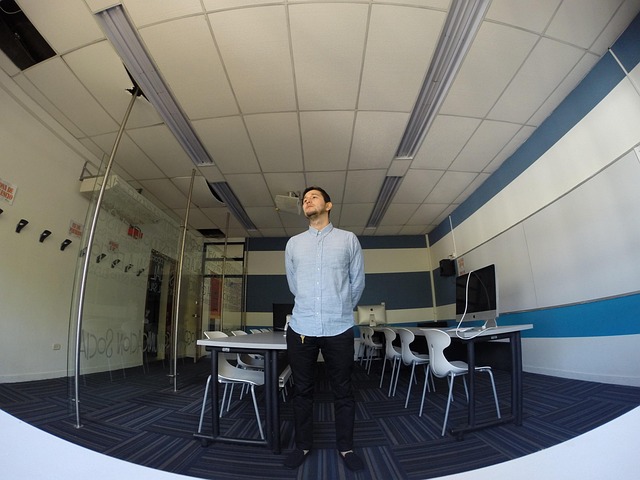
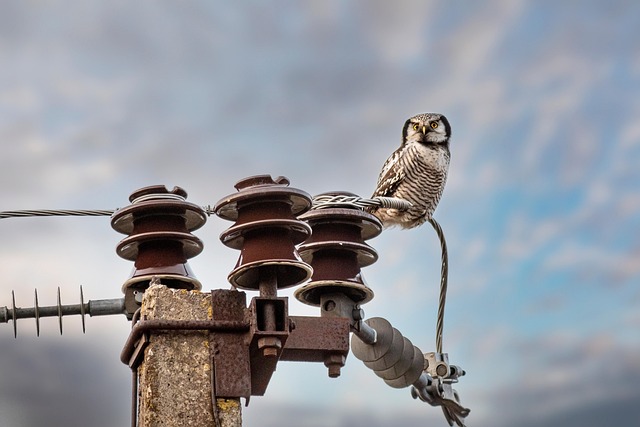


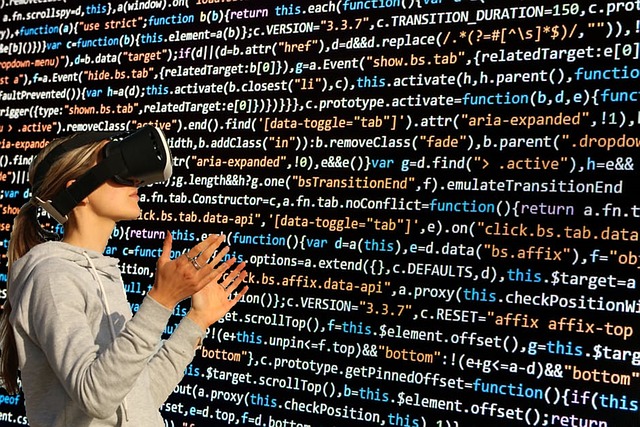







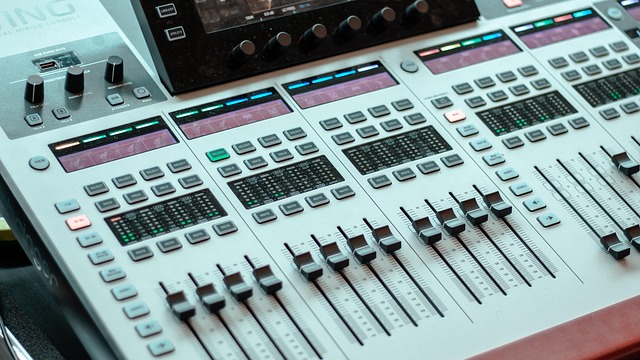
 Package Manager Console Visual Studio
Package Manager Console Visual Studio 
 Health
Health  Fitness
Fitness  Lifestyle
Lifestyle  Tech
Tech  Travel
Travel  Food
Food  Education
Education  Parenting
Parenting  Career & Work
Career & Work  Hobbies
Hobbies  Wellness
Wellness  Beauty
Beauty  Cars
Cars  Art
Art  Science
Science  Culture
Culture  Books
Books  Music
Music  Movies
Movies  Gaming
Gaming  Sports
Sports  Nature
Nature  Home & Garden
Home & Garden  Business & Finance
Business & Finance  Relationships
Relationships  Pets
Pets  Shopping
Shopping  Mindset & Inspiration
Mindset & Inspiration  Environment
Environment  Gadgets
Gadgets  Politics
Politics 